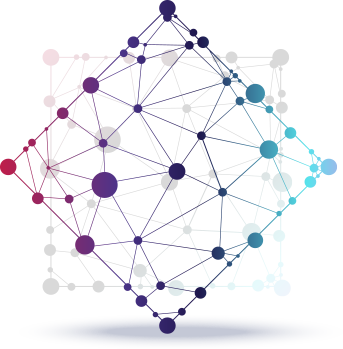
Understanding VIP Rewards and Loyalty Programs
In today’s competitive market, businesses are constantly seeking innovative ways to retain customers and enhance their shopping experience. One effective strategy that has gained significant traction is the implementation of VIP rewards and loyalty programs. These initiatives not only reward customers for their loyalty but also foster a deeper connection between the brand and consumers. For more insights, visit VIP Rewards and Loyalty https://marshtacky.org/bonuslar/.
What are VIP Rewards and Loyalty Programs?
VIP rewards and loyalty programs are structured marketing strategies designed to encourage customers to continue engaging with a brand or business in exchange for rewards. These programs often differentiate between various tiers of membership, with “VIP” denoting the highest level. Customers receive exclusive benefits, discounts, or perks based on their loyalty, spending habits, and engagement with the brand.
The Importance of Customer Loyalty
Customer loyalty is crucial for the long-term success of any business. Acquiring new customers is often more costly than retaining existing ones. Loyal customers not only contribute to consistent revenue streams but also serve as brand advocates, influencing potential customers through word-of-mouth. Additionally, returning customers are more likely to spend more, as they have established trust and familiarity with the brand.
Key Components of VIP Rewards and Loyalty Programs
A successful VIP rewards and loyalty program typically includes several key components:
- Tiered Levels: Offering various levels of rewards based on customer spending—such as Bronze, Silver, Gold, and Platinum—encourages customers to aim for higher tiers.
- Exclusive Offers: Providing special promotions, early access to sales, and exclusive products gives customers incentives to engage more with the brand.
- Personalization: Tailoring rewards and communications based on customer preferences enhances the overall experience and strengthens their loyalty.
- Easy Enrollment: Making it simple for customers to join the program and understand its benefits encourages participation.
Benefits for Businesses

Implementing a VIP rewards and loyalty program can yield numerous advantages for businesses:
- Increased Retention Rates: Customers are more likely to return when they feel valued and rewarded.
- Higher Average Order Value: Loyalty programs often encourage customers to spend more to reach the next tier of rewards.
- Enhanced Customer Insights: Tracking customer behavior through loyalty programs provides valuable data for refining marketing strategies and product offerings.
- Improved Brand Advocacy: Satisfied customers are more prone to recommend the brand to friends and family, increasing organic growth through referrals.
Designing an Effective Program
When designing a VIP rewards and loyalty program, consider the following steps:
- Define Your Goals: Establish clear objectives for what you want to achieve with the program, be it increased retention or customer engagement.
- Understand Your Audience: Analyze your customer base to tailor the program to their interests and behaviors.
- Choose Reward Structures: Determine the types of rewards that will resonate most with your customers—discounts, exclusive access, gifts, etc.
- Leverage Technology: Utilize customer relationship management (CRM) systems or loyalty software to track customer interactions and intelligently manage rewards.
- Promote Your Program: Use various marketing channels to raise awareness and excitement around your loyalty program.
Challenges to Consider
While VIP rewards and loyalty programs have many benefits, businesses must also be aware of potential challenges:
- Cost Management: Balancing the cost of rewards with profitability can be tricky, especially for smaller businesses.
- Program Fatigue: Customers may lose interest in the program if it lacks excitement or if rewards become too predictable.
- Data Security: Collecting customer data for personalization requires strict adherence to data protection regulations.
Success Stories
Several companies have effectively implemented VIP rewards and loyalty programs, leading to significant business growth. For instance, Sephora’s Beauty Insider program categorizes members into tiers based on annual spending, offering personalized rewards, exclusive events, and early product launches. Similarly, Starbucks’ Rewards program allows customers to earn points for every purchase, which can be redeemed for free drinks and food items. These programs not only enhance customer satisfaction but also contribute substantially to the companies’ bottom lines.
Conclusion
VIP rewards and loyalty programs are essential tools for businesses aiming to build enduring relationships with their customers. By creating structured and attractive programs, companies can boost customer retention, increase average spending, and foster greater brand advocacy. As competition intensifies across various sectors, embracing innovative loyalty strategies will be critical for businesses looking to thrive in the long run.



